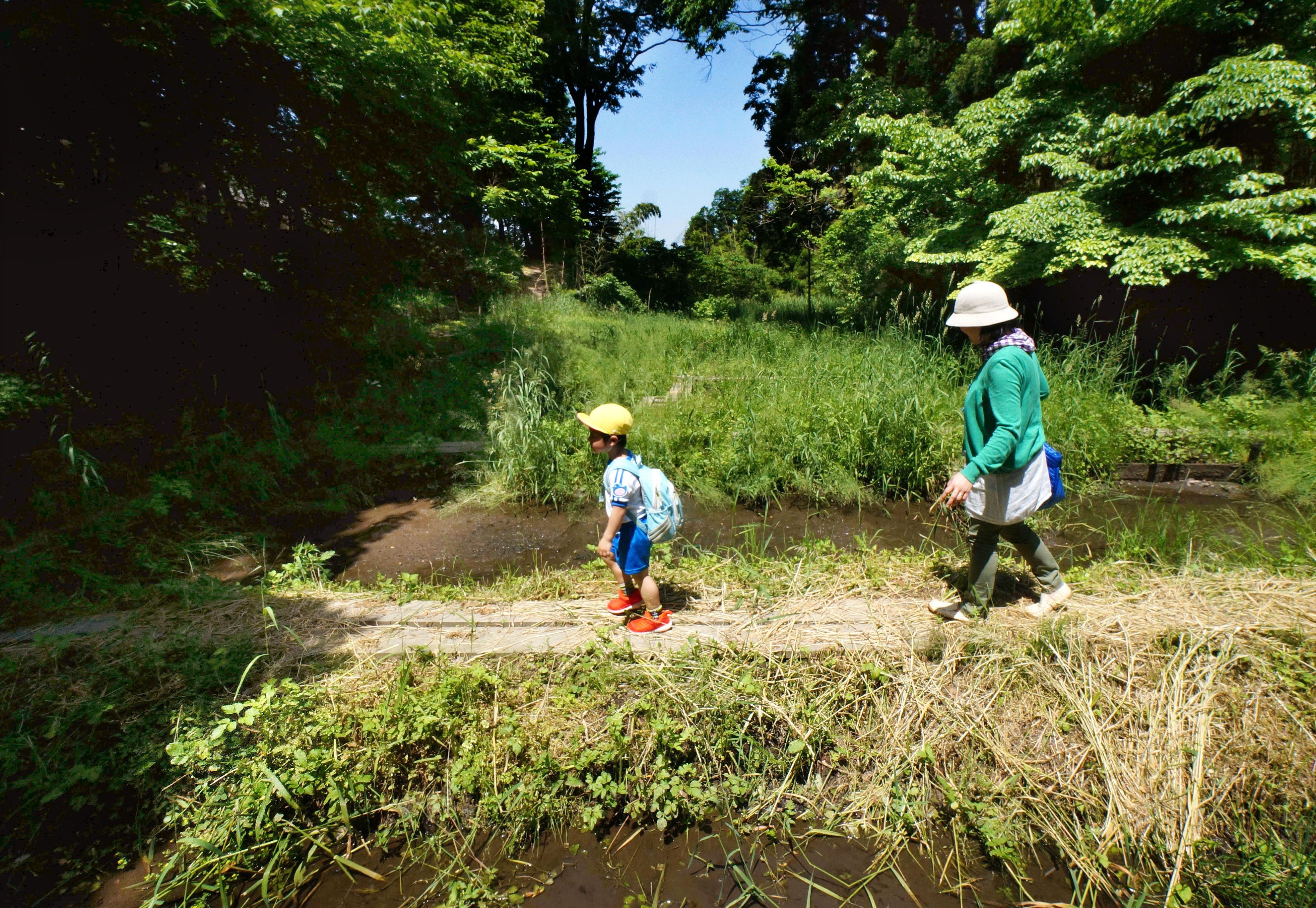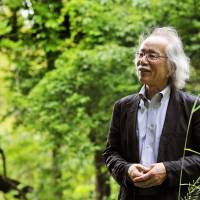Visitors to the Toyama Municipal Family Park Zoo won't find popular exotic animals such as elephants or lions. Instead they can reconnect with a natural environment they're already familiar with.
The zoo is dedicated to animal and insect species long present in Japan, including raccoons, monkeys, serows, chickens, horses, frogs and dragonflies.
One such attraction is the House of Fireflies, a place that zoo director Shigeyuki Yamamoto says "will turn into a tunnel of fireflies in early summer and attract around 20,000 visitors during a four-day observation event."
Japanese zoos, Yamamoto said, tend to emulate the traditional European style of management — collecting and displaying rare species.
But he wants to pioneer a Japanese-style zoo that can serve as a spiritually enriching place connecting people, nature and the community.
He believes this way of managing a zoo will help secure the future of such facilities in Japan, many of which he thinks could be in danger of disappearing.
Until May, the 63-year-old Yamamoto was chairman of the Japanese Association of Zoos and Aquariums, which has about 150 member institutions. In his final appearance after four years as chairman, he told directors and senior officials at a general meeting: "One thing that is certain to happen in the future is that species will disappear one by one from the Earth.
"The time when we were allowed to capture wild animals freely has passed," he said. "Zoos are being asked 'what is the basis for catching wild animals and displaying them?' "
Yamamoto voiced concern that Japanese zoos will no longer be able to import animals from abroad due to tightened international regulations on hunting. The animals currently kept at Japanese zoos, meanwhile, are aging.
According to the association's data, the number of African elephants at Japanese zoos is projected to drop to seven in 2030 from 46 in 2010, while the gorilla population will likely decline to six from 23. The number of sea otters at aquariums is expected to fall to 10 from 34.
Yamamoto also criticized Japanese zoos and aquariums for placing too much focus on efficiency in terms of both human and financial resources.
"I doubt that today's young workers can take a comprehensive view of zoos and aquariums or that they have any philosophy of management," he said. "Workers apparently have little time to do so."
Yamamoto said it has become more difficult to operate aquariums, as the facilities need a tremendous amount of energy to maintain the quality, temperature and circulation of water in their tanks.
Against a backdrop of intensified international efforts to preserve marine creatures, aquariums are also under attack for capturing dolphins and organizing shows featuring the mammals.
Giant aquariums built during the heady days of the bubble economy will face fierce discussions over whether they should be refurbished or dismantled, Yamamoto said.
His own philosophy for managing zoos and aquariums is to preserve biodiversity.
"That includes not only conservation and reproduction of rare species but also (thinking about) the survival of human beings," he said.
"The existence of diverse creatures is vital for human beings to live," he said. "I think people must be energized by other species, and zoos and aquariums should be a place for that."
A native of Toyama Prefecture, Yamamoto has loved nature since childhood and often went riverside camping alone when he was in the higher grades of elementary school.
"I was scared but enjoyed looking up at the sky full of stars," he said. "I was so moved when I saw the morning sun rising."
He dropped out of university and started traveling around the country with no particular destination in mind.
It was during this journey that he visited a private zoo in Kanazawa in neighboring Ishikawa Prefecture — an experience that left him shocked.
The zoo was dysfunctional and provided no information about the animals, he said.
"There is no meaning to keeping animals here," he recalls telling the manager. But the manager only replied, "If you say so, you should try it yourself."
And so he began working at the zoo, and became convinced that such facilities need to be run with a clear philosophy. It was then that he heard of a plan to build the family park zoo in the city of Toyama. Yamamoto decided to get involved and sent the city his ideas.
The initial policy was to leave the natural environment of the park untouched, but he found out that reeds were eroding a marsh and threatening the existence of a local endangered species, the Hokuriku salamander.
"This was a starting point for reconstructing the woodland," he said, noting that now local business leaders are joining in efforts to maintain the marsh.
In 2004, Yamamoto realized that even more serious efforts were needed to maintain the local environment as bears had started to appear in residential areas in the city to look for food.
He created a nonprofit organization to preserve the woodland encompassing the zoo and manage a forest trail in the zoo that is accessible to people in wheelchairs.





